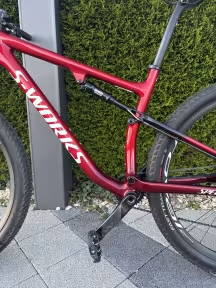Classic Bikes Lifestyle
123 Lifestyles
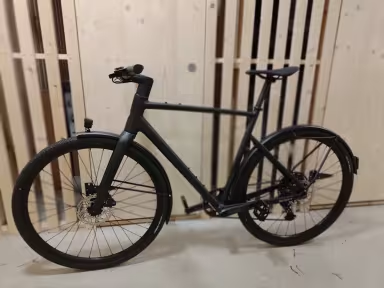
SCOTT Metrix 20 EQ

Condor Militärvelo
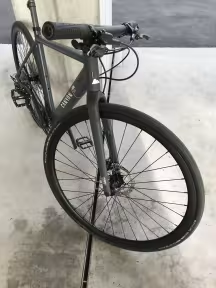
Canyon Roadlite 7
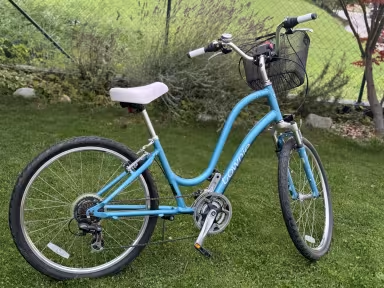
Electra Townie 21D

Cannondale Quick 3
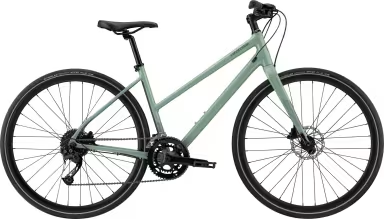
Cannondale Quick 3
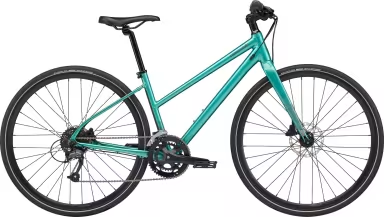
Cannondale Quick 3
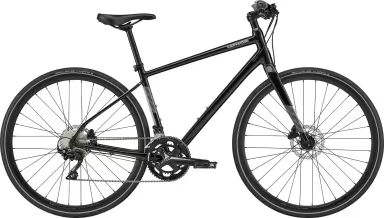
Cannondale Quick 1
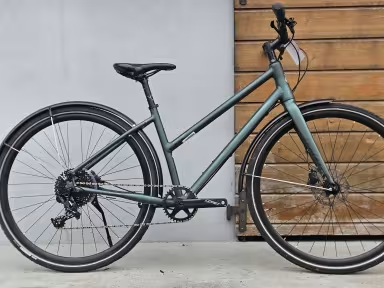
MERIDA Crossway Urban 300
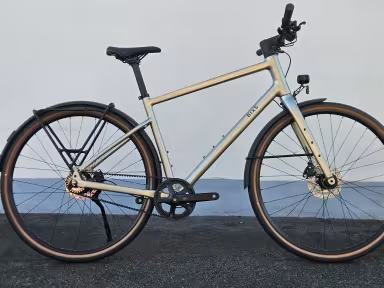
Bixs District Eq 1
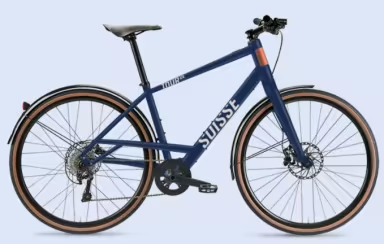
Tour de Suisse Parcours
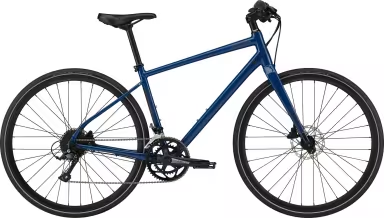
Cannondale Quick 2
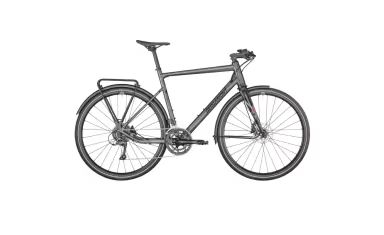
Bergamont Sweep 4 Eq
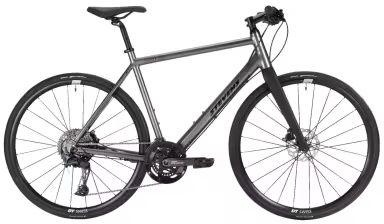
Stevens Strada 1000
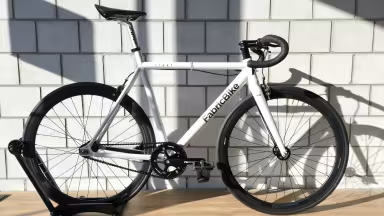
Fabric Light
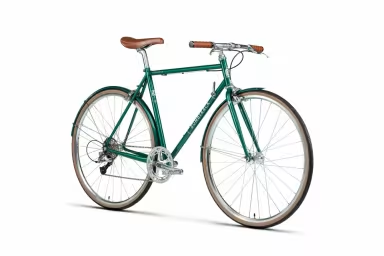
Bombtrack Oxbridge

Bombtrack Oxbridge

Bombtrack Oxbridge
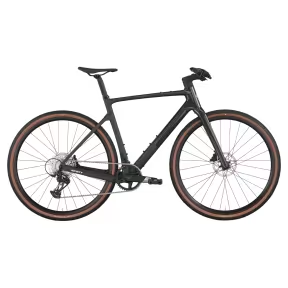
SCOTT Metrix 10
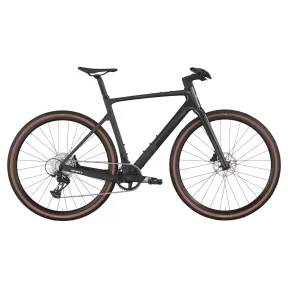
SCOTT Metrix 10

SCOTT Metrix 10
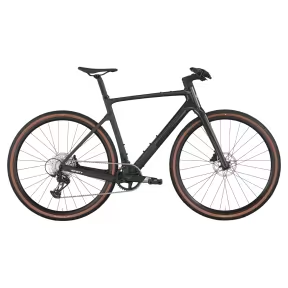
SCOTT Metrix 10
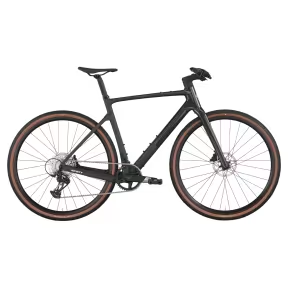
SCOTT Metrix 10

SCOTT Metrix 10
Buying advice for: City / Urban: Lifestyle
Frame material
The frame material of a lifestyle bike can vary depending on the manufacturer, model and intended use. Among other things, steel frames are used for lifestyle bikes. They are particularly known for their durability, comfort and classic aesthetics. They offer a smooth ride and often have a timeless look that fits in well with the lifestyle concept. However, it should be noted that steel frames are usually heavier than frames made from other materials. In comparison, aluminium frames are very light. Nevertheless, they offer good strength and rigidity. Carbon frames are considered extremely light and offer excellent stiffness and efficient power transmission. However, they are usually somewhat more expensive than steel or aluminium frames, which is why they are often found in high-end lifestyle bikes. Titanium frames are also lightweight frames and are particularly popular for their durability and corrosion resistance.
Suspension
The fork of a lifestyle bike is crucial for shock absorption and steering precision. A high-quality fork absorbs shocks and vibrations from the road and ensures a comfortable ride. Depending on the model, forks with or without suspension can be used. Some lifestyle bikes are equipped with suspension to smooth out bumps in the road and provide a more comfortable ride. The suspension can either take the form of a suspension fork at the front or a suspension on the frame or seat post.
Wheels
The wheels of a lifestyle bike are decisive for the performance, comfort and overall aesthetic impression of the bike. The wheel size can vary depending on the bike model and intended use. Common sizes range from 26 to 29 inches in diameter. For lifestyle bikes, the rims should be fairly light and durable. Aluminium alloys are therefore often the material of choice, as they offer a good balance between weight and strength. High-quality stainless steel or aluminium spokes are important for the strength and reliability of the wheels. The number and pattern of spokes can affect the stability and overall weight of the wheels.
Tyres
Tyre size can vary depending on the bike model and intended use. Typical tyre sizes range from 26 to 29 inches in diameter, although intermediate sizes are also possible. Choosing the right size depends on personal preference as well as factors such as riding comfort, handling and area of use. Wider tyres generally offer more comfort, grip and shock absorption on uneven roads. Narrower tyres, on the other hand, can enable a faster ride and offer greater speed on slippery surfaces. The tread pattern of the tyres varies depending on the area of use. Smoother tyres are better suited for use on asphalt and offer less rolling friction, while treaded tyres can offer better traction on unpaved roads and off-road.
Brakes
Lifestyle bikes can be fitted with rim and disc brakes as well as coaster brakes. Rim brakes are a fairly common choice as their maintenance is simple and straightforward and they are highly effective. Typical types of rim brakes are side-pull brakes and V-brakes. Disc brakes are also very popular. In particular, they offer improved braking performance and are therefore becoming increasingly popular. They are particularly resistant to dirt and wet conditions. Coaster brakes are activated by turning the pedals backwards and can be found on some lifestyle bikes. They are easy to operate and do not require separate brake levers, making them a practical option. Choosing the right braking system for a lifestyle bike often depends on the rider's personal preferences, riding style and budget.
More interesting bikes

Stromer St5 Abs
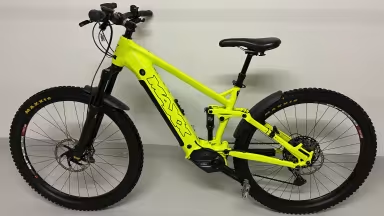
EBIKE Maxx. Fab4 Els

HP Velotechnik Scorpion 2
